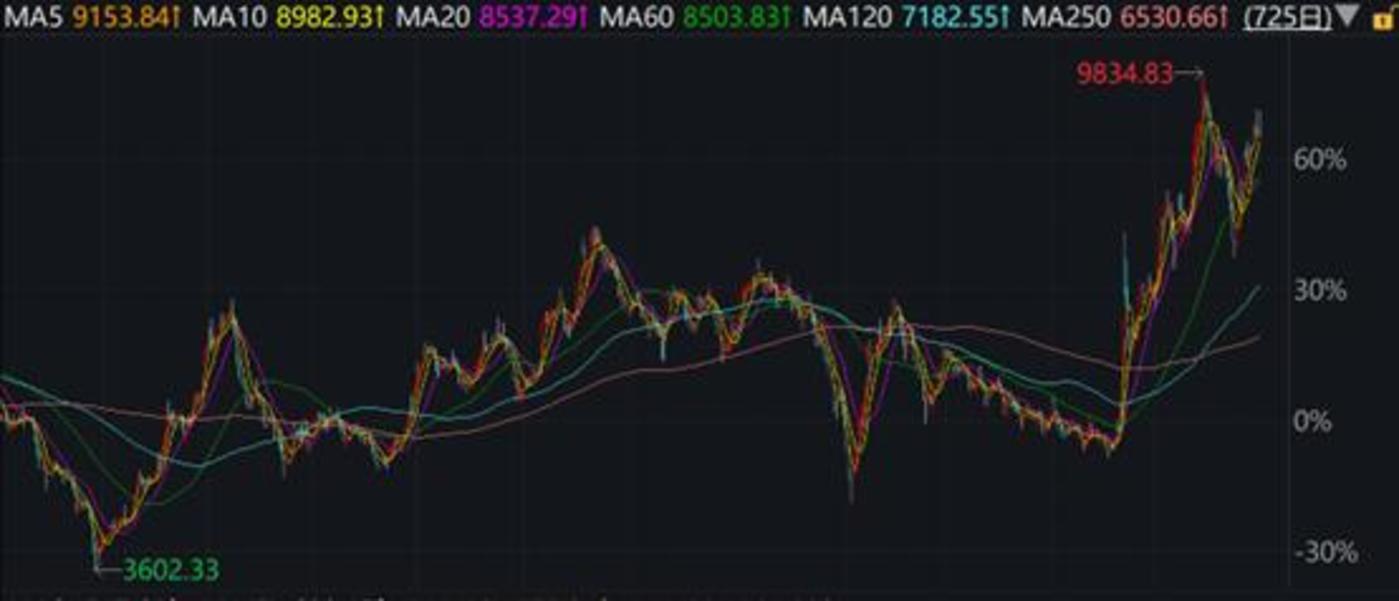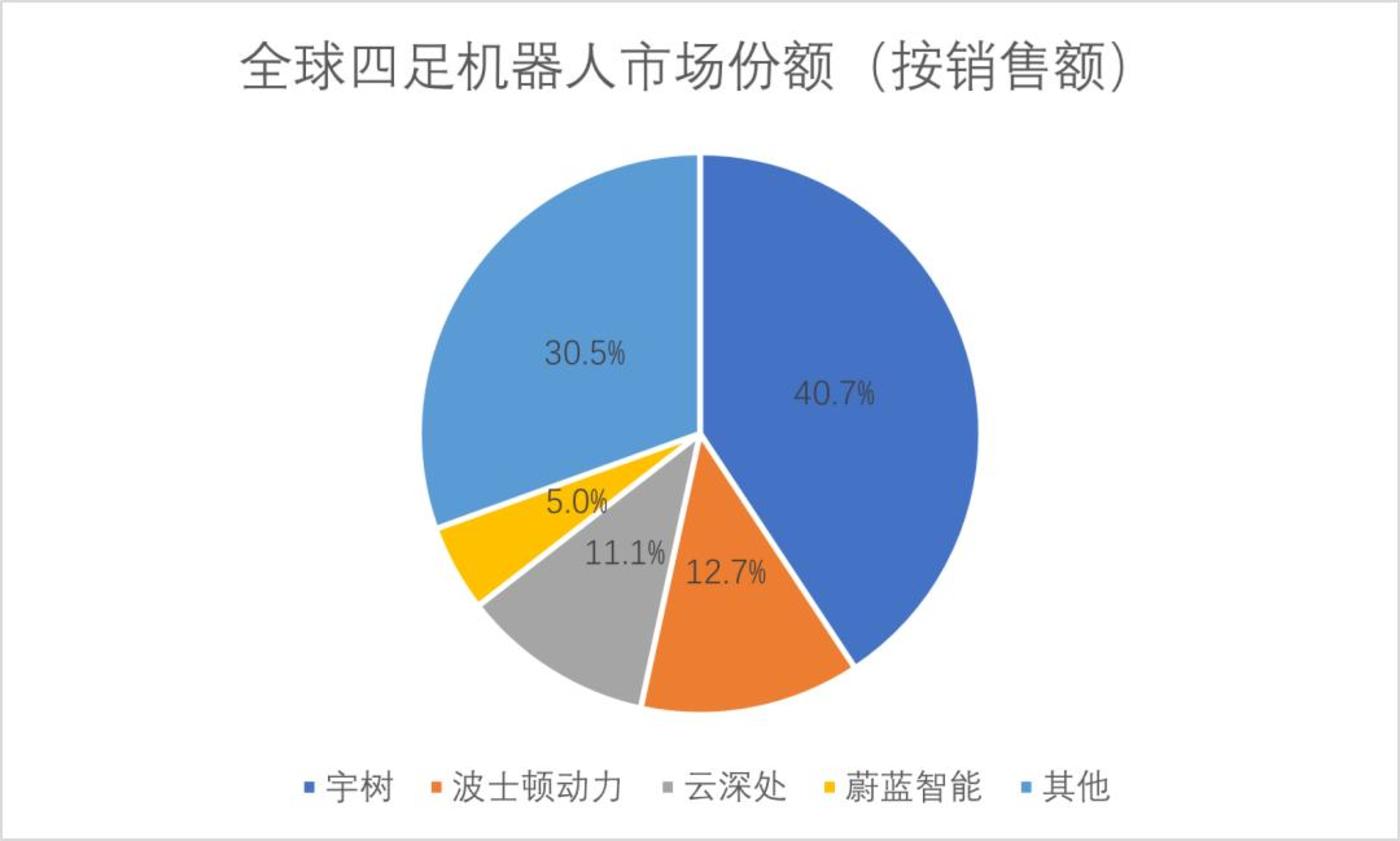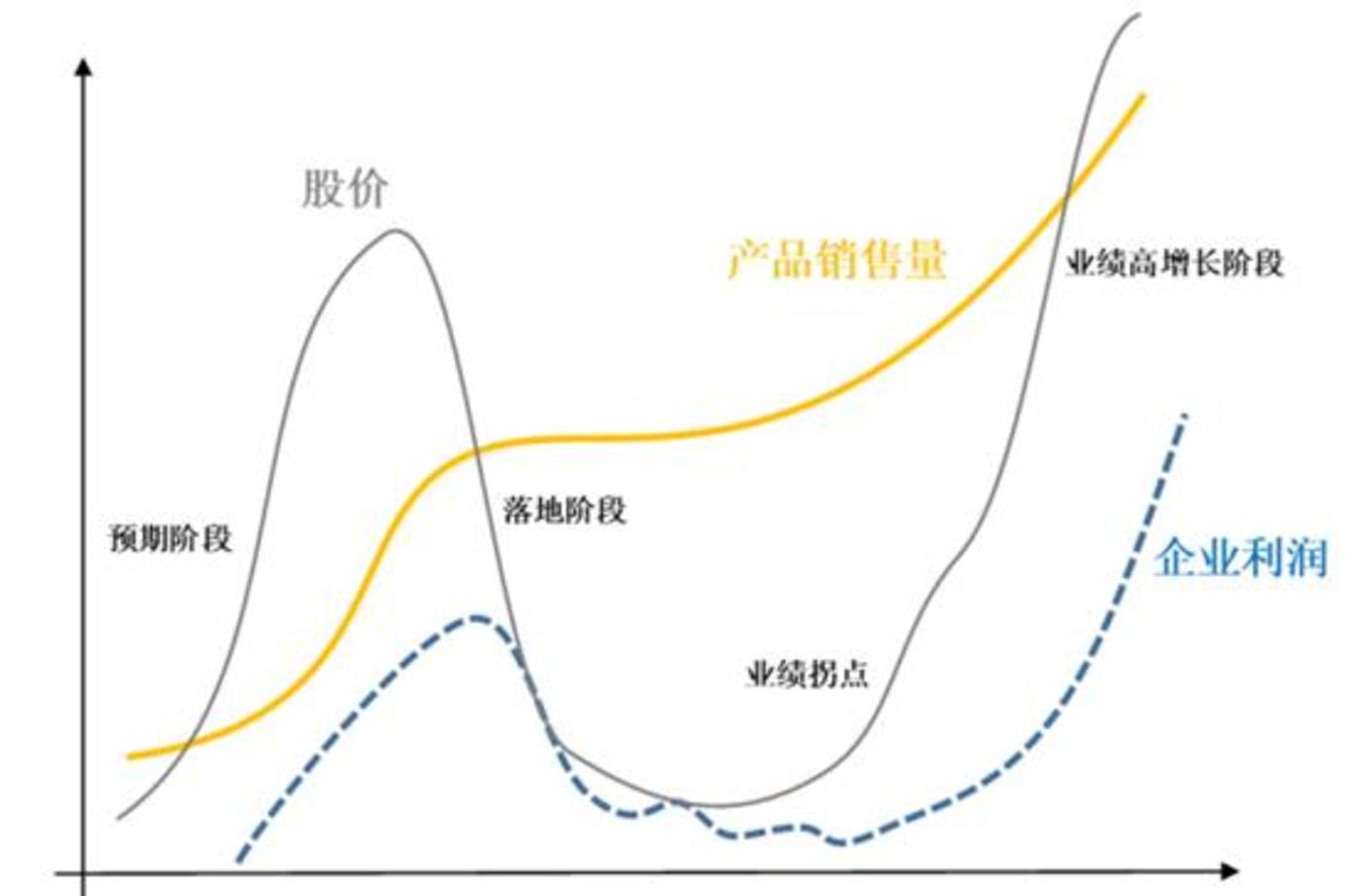Wen| brocade
Compared with Deepseek, which is booming in the direction of AI, the growth trend of humanoid robots in 2025 is also worthy of attention.
In our continuous tracking of humanoid robots in the past three years, from being cautious about the theme two years ago to observing that AI became a catalyst last year, and now, we have gradually turned our thinking to optimism, and will actively follow the industry in the future. pulse.
In 2022,”Are you optimistic about humanoid robots?” In this article, our doubts about the industry mainly lie in the difficulty of mass production and technical constraints. We can’t help but sigh: The future of humanoid robots is beautiful and sexy, but when we return to reality, we have to face the bony side. rdquo;
But after nearly three years of precipitation, we believe that humanoid robots have passed the singularity because: 1) mass production problems have seen the dawn of being overcome;2) technical constraints may also be solved by AI.
01 2025 will be the three major evidences that the first year of mass production
Two landmark events during the Spring Festival made us marvel at the changes in the industry and quickly iterate our understanding of humanoid robots. Technology has not entered the era of great moderation described by pessimists, but has begun to accelerate.
The industrial turning point actually precedes the Spring Festival. Since November last year, humanoid robots have risen by nearly 30% against the market; even since the beginning of the year, AI has become the strongest performing theme sector.
In fact, we stretched the time and looked at it. Since the establishment of the humanoid robot theme in early 2022 (in June 2022, Musk announced the release of the Tesla humanoid robot prototype Optimus), the performance has been the best in the past three months. Time period. The previous market was basically driven by events, but it fell sharply as risk appetite changed or progress fell short of expectations. The index once retreated close to 50%, which can be said to have countless people.

Figure: Trend of humanoid robot index in recent three years, source: Wande
However, facing 2025, we believe that the industry will be close to the turning point of mass production, and the industry and sector will officially enter the fundamental stage. Why you say this, we see three strong evidences.
Evidence 1: Huawei’s fate
Why is Huawei’s entry so important, even more important than Musk’s statement? Because Musk is a natural optimist, he often speaks well and often falls short of expectations, while Huawei’s corporate culture is cautious and never does anything he is uncertain about.
Huawei generally invests in other companies first to understand the industry, and then enters the market itself after optimistic about the trend. Think back, is this what Huawei Motors is like?
Speaking back to humanoid robots, public information shows that as early as April 2022, Huawei began to pay attention to the field of humanoid robots. It is not too late at all. It signed a cooperation agreement with Data Robot to jointly tackle technical research, and later invested in the establishment of Jiemu Robot in June 2023., focusing on AI technology applications and intelligent manufacturing solutions, in March 2024, Leju robot equipped with the Pangu Model was unveiled at the Huawei HDC conference.
If you understand the technological changes of humanoid robots in recent years, you will know that Huawei has taken every step at the right point.
However, Huawei’s real entry into the game is in November 2024, when it established the Intelligent Innovation Center and signed cooperation memorandums with 16 companies. Huawei has begun to build a humanoid robot industry chain like Tesla, indicating that it has taken a solid step towards mass production. In the words of industry insiders, you can always trust Huawei’s strategy.
Evidence 2: The rise of Ushu
Although robots have been a frequent visitor in the CCTV Spring Festival Gala in recent years, the Yangko dance of Yushu Technology’s humanoid robots used the difficult action of throwing handkerchiefs, which made the audience exclaim that these robots were too human-like. Yushu has been building a humanoid robot for less than two years, and his speed of catching up with Silicon Valley is no less than Deepseek.
Founded in 2016, Hangzhou Yushu Technology first built a high-performance quadruped robot rather than a humanoid robot. Although it has a history of less than 10 years, its competitiveness is not weak at all. According to senior engineering robot data, Yushu Technology’s share of the global four-legged robot market will exceed 40% in 2023, ranking first, even surpassing the famous Boston Dynamics. If you look at the perspective of volume, the company’s share is even higher. It is as high as 70%.
Since Yushu independently develops key core components such as motors, reducers, controllers, and lidar in terms of hardware, it independently develops high-performance sensing and motion control algorithms in terms of software. Therefore, Yushu’s share advantage mainly comes from technological leadership rather than cost butcher.
Before registering for the Spring Festival Gala, in fact, as a global star company, its robots had registered for the opening ceremony of the 2022 Beijing Winter Olympics, the 2023 Super Bowl and the 2024 CES International Consumer Electronics Show.

Figure: Global quadruped robot market share (by sales), source: Senior Engineering Robot
It’s just that when Yushu makes a humanoid robot, he is a real young man compared to Tesla and Ubisi. It was not until February 2023 that Yushu’s humanoid robot began to be established, and the first humanoid robot H1 was developed six months later. But just one year later, in May 2024, it released the humanoid robot G1, which is about 127 centimeters tall and has a retail price starting at only 99,000 yuan.
Such rapid cost reduction capabilities have really brought a lot of shock to the robot industry. Through the Spring Festival Gala, this shock spread from within the circle to thousands of households.
Yushu Technology ‘s awesome story is of greater significance to the humanoid robot industry chain in that it shows that the software and hardware of the industry chain have mature conditions. In just two years, Yushu moved the robot from project establishment to delivery to the Spring Festival Gala. It is also worth mentioning here that domestic companies are extremely powerful in the industrial chain of humanoid robots. Both Tesla and Huawei are developed through domestic supply chains.
Evidence 3: Tesla’s mass production plans
Although the market is most concerned about Tesla, we put him last. The main reason is that Musk’s overly optimistic statement affects the confidence of specific data. We believe it from the direction, but the data needs to be verified repeatedly.
On January 9 this year, Musk updated the Optimus mass production plan at the CES conference: thousands of units will be mass-produced in 2025 and preliminary testing will be carried out at the Tesla factory; 50,000 – 100,000 units will be mass-produced in 2026, and an increase in 2027. 10 times.
This news was made more clear at the performance briefing at the end of January:
Currently, a production line with a capacity of 1000 units per month is being designed. The next production line will produce 10,000 units per month. After that, the production line will reach 100,000 units per month. If this production capacity is realized, it will be able to support Tesla’s quantity plan in 2027.
Cost reduction: Ability to control Optimus production costs within US$20,000 when 1 million units are in stable production condition.
Application scenarios: Optimus can already do some factory applications, such as transporting car bodies in the body line and picking up parts from jigs. This shows that the company’s mass production has become preliminary economic.
Tesla has finally moved from prototype to mass production. The next thing to track is whether the industrial chain can confirm this order of magnitude. Of course, Tesla still has the strongest traction in the direction of technology and is also the most important scope in the robot industry. For example, in the latest performance meeting, the company also focused on updating the direction of dexterous hands, indicating that it used the most complex dexterous hands to date, which can play the piano and thread needles.
02 AI drives humanoid robots to transcend technological singularity
With the outbreak of AI, we looked forward to the following in the article “The Future of Humanoid Robots Hidden in the History of Artificial Intelligence” in July 2023:
“The emergence of ChatGPT provides a new idea for humanoid robots to combine large language models with humanoid robots, jointly train them through data such as images, text, and videos, and introduce multimodal input to enhance the model’s understanding of real objects and help humanoid robots handle Inference tasks. Condensed into one sentence, we use AI to inject soul into humanoid robots.& rdquo;
1. AI drives the rapid progress of humanoid robots in 2024
2024 is recognized as a year of rapid progress in humanoid robots. The hardware level tends to converge. In fact, it mainly uses the previous mechanical and electronic parts. The biggest change is the software, and training starts.
Different from industrial robots, humanoid robots can be said to be the most advanced form of robots. They not only require extreme exercise ability, but also require excellent interaction and perception ability. In other words, humanoid robots do not simply shift the technology on industrial robots, but require deep integration and iterative upgrading of software and hardware capabilities.
The humanoid model of a robot is the most typical end-to-end model that simulates the human thinking process itself and is also one of the final imaginations leading to AGI. We have seen some gratifying progress in 2024.
The first is to demonstrate that this road is basically feasible. Intelligent driving will begin to become popular in 2024 and will begin to increase in volume in 2025, which is of great significance to humanoid robots. Because a smart car can be regarded as a wheeled robot, the success of the humanoid robot’s humanoid model will be based on the success of the smart car. This is not arbitrary. We see that Horizon Robotics also has a strategy to make smart driving chips first and then break through robots, which is also the mission implicit in the company’s name.
In addition, Tsinghua University has proved the existence of Data Scaling Laws in the field of robotics. In other words, to implement an end-to-end model, a large amount of data and powerful computing power and algorithms are needed to support it.

Companies are beginning to solve data and algorithm problems.
Previously, robot training data was mainly collected through three methods: motion capture, simulated environment synthesis data and Internet video. In 2024, the NVIDIA RoboCasa experiment trains robots by synthesizing data and begins to optimize data sources. Moreover, according to industry information, in 2025, thousands of humanoid robots around the world will directly enter the actual scene of factories for training, breaking the shackles of gravity.
2. The future has a larger imagination space, and embodied intelligence is not just in the factory assembly line.
The technological breakthrough of open-source DeepSeek has led to CloseAI having to be opened again. The greater significance to the industry is that this may accelerate the technological advancement of the base model. The humanoid robot, known as the ultimate carrier of artificial intelligence, is expected to accelerate on the way to AGI.
Tesla also made it clear that Optimus will leave the factory after the product matures. If the cost is really less than US$20,000/unit, both home and work scenarios will have economic value. The strength of the domestic chain cannot be underestimated. Yushu Technology will step off the stage and move from entertainment scenarios to application scenarios.
According to the forecast of the Institute of Advanced Engineering Robot Industry, the global humanoid robot market will only be about US$1 billion in 2024, but by 2030, the global humanoid robot market will reach US$15 billion, with an annual growth rate of more than 50%. Global humanoid robot sales will increase from 11,900 units to 605,700 units.

Figure: Relationship between industry trends, fundamentals and stock prices. Source: SDIC Securities
If technological breakthroughs accelerate and costs fall rapidly, it is not an exaggeration to look forward to a market of hundreds of billions or even trillion-dollar dollars. For example, according to Morgan Stanley’s estimates: by 2050, the size of the humanoid robot market in the United States will reach US$3 trillion, and the deployment volume will reach 62 million units; the size of the humanoid robot market in China will reach 6 trillion yuan, and the number of robots will reach 59 million units.
However, both technological upgrades and cost reductions still have huge uncertainties. Based on investment experience in industry trends, market conditions will also fluctuate in the future. However, we can be more optimistic that the trend of the humanoid robot industry is already certain. Up.
We think there is a way to find a better tracking line in fluctuations. The main line of deep integration between car companies and humanoid robots is becoming clearer, which may better paint a treasure map for us of industrial progress, which we will carry out in future research.



